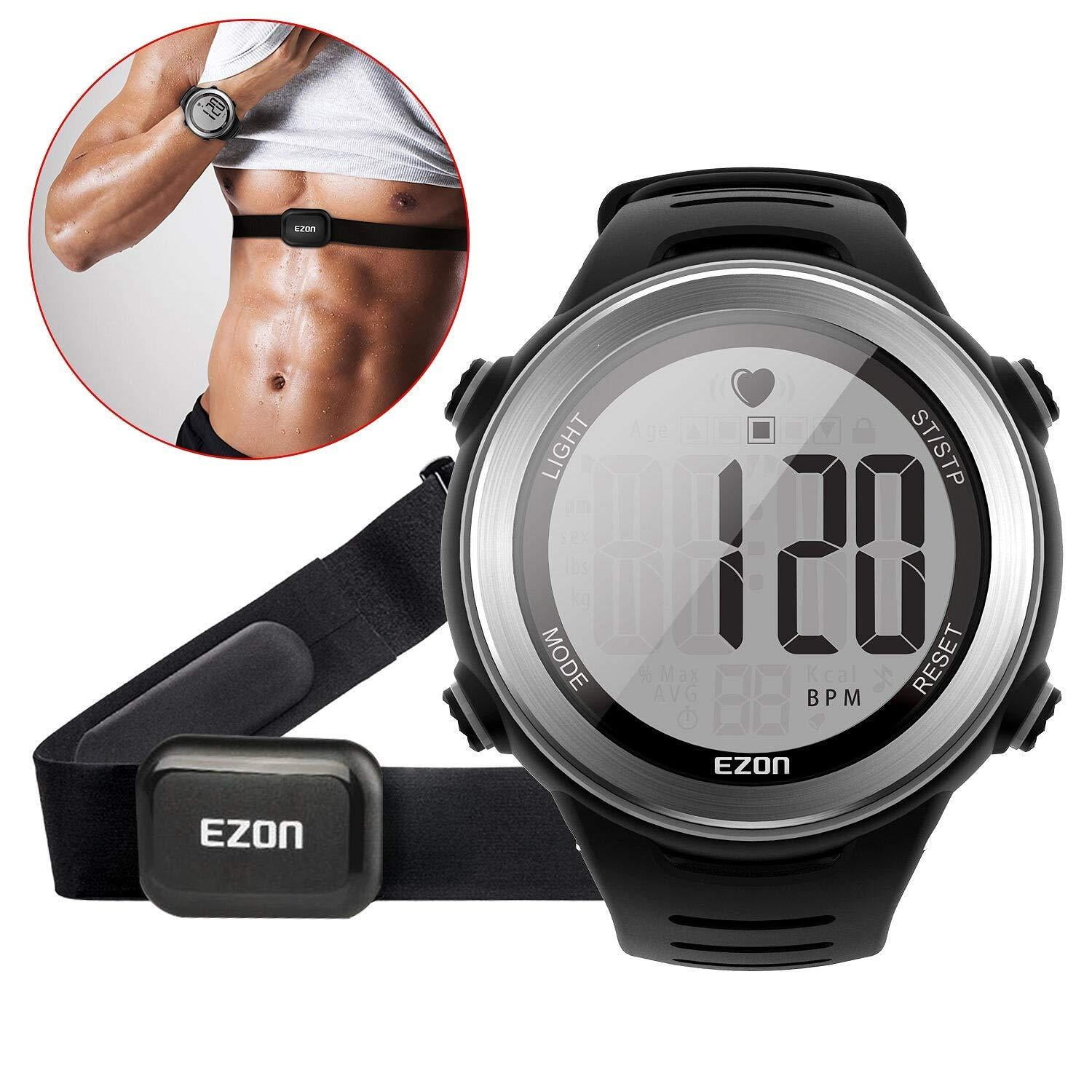

When used in chest strap mode, its results compared well with those from the HRM-Pro, though the limitations of technology mean results from the optical sensor have a wider margin of error. That includes swimming the MZ-Switch is water resistant to 10 meters and stores up to 36 hours of data, so as with the Garmin HRM-Pro, there's no need to worry about syncing when you're in the pool. It automatically detects where you're wearing it, so there's no need to worry about switching modes, and although it would be nice to have a choice of different arm band sizes, it's comfortable to wear for any type of workout. The MyZone MZ-Switch gives you the best of both worlds: an ECG sensor so it can be worn on your chest, and an optical sensor so it can sit on your wrist, arm, or a pair of swimming goggles.

It's up to you to decide which you prefer, and we've picked out the very best of both for you here. This method is less accurate, but more convenient.
#HEART MONITOR WATCH SKIN#
The other way of measuring heart rate uses an optical sensor, which shines a light onto your skin and measures changes to the light that's reflected back from your skin. However, not everyone finds them comfortable – not least because they need some sweat to establish a good contact with your skin. They also respond to changes in heart rate much more quickly, which is extremely useful for interval training. They are more accurate than wrist-worn devices as the signal isn't affected by movement of your arms. Chest strap monitors measure small electrical impulses created as your heart beats. There are two main types of heart rate monitor to consider. Results between monitors can vary hugely, and poor quality devices can report sudden peaks and troughs when none were expected. Virtually all modern fitness trackers and running watches can record heart rate, but not all are accurate.


 0 kommentar(er)
0 kommentar(er)
